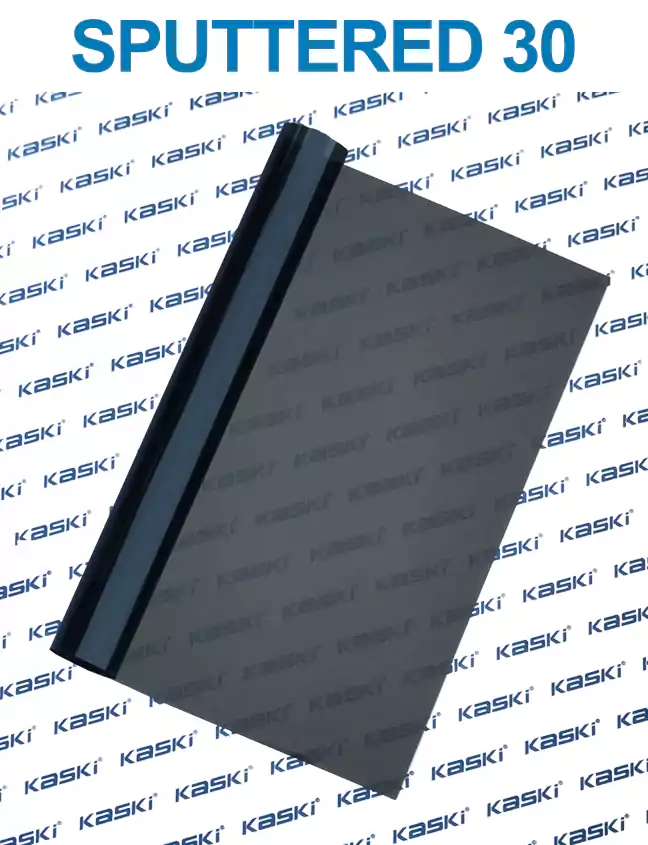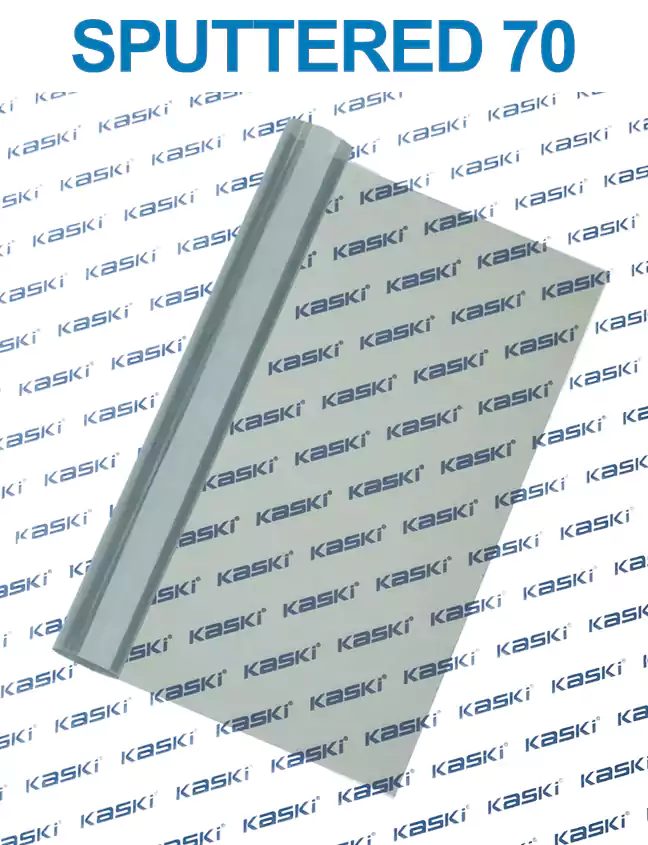Automotive window tinting is a popular and practical solution for enhancing the look, comfort, and efficiency of your vehicle. Whether you're looking to reduce glare, block harmful UV rays, or maintain a comfortable cabin temperature, window tinting can provide a range of benefits. In this comprehensive guide, we'll explore the principles, advantages, and installation process of automotive window tinting, as well as share a detailed case study and testimonials from satisfied customers.
The Principles of automotive window tinting
Window tinting works by applying a thin, specialized film to the interior of your vehicle's glass. This film is designed to block a significant portion of the sun's rays, including harmful UV radiation and heat-producing infrared light. By rejecting the sun's heat, window tinting can help keep your car's interior cooler, reducing the need for excessive air conditioning and improving overall energy efficiency.
The tint film used in automotive applications is typically made from a durable, scratch-resistant material, such as polyester or metalized polyester. The thickness and composition of the film can vary, with different options offering different levels of light transmission, heat rejection, and UV protection.
Advantages of Automotive Window Tinting
1. Reduced Glare and Eye Strain: Tinted windows can significantly reduce the glare from the sun, making it easier to see the road and improving overall driving visibility.
2. Increased Comfort and Energy Efficiency: By blocking the sun's heat, window tinting can help keep your car's interior cooler, reducing the need for excessive air conditioning and improving fuel efficiency.
3. Protection for Decorative Curtains and Blinds: If your vehicle has decorative window treatments, tinting can help protect them from fading and deterioration caused by UV exposure.
4. Increased Privacy and Security: Tinted windows can make it more difficult for outsiders to see into your vehicle, providing an added layer of privacy and security.
5. Improved Appearance: Window tinting can enhance the overall aesthetic of your vehicle, giving it a sleek and sophisticated look.
6. Blocking Harmful UV Rays: High-quality window tinting can block up to 99% of harmful UV rays, protecting both you and your passengers from the damaging effects of sun exposure.
Case Study: Automotive Window Tinting Installation
In this case study, we'll explore the installation process for a 2021 Toyota Camry.
The Vehicle: 2021 Toyota Camry
The Tint Film: Metalized Polyester, 35% Light Transmission
The Installation Process:
1. Preparation: The vehicle was thoroughly cleaned, and any existing tint or residue was removed from the windows.
2. Measurement and Cutting: The installer carefully measured each window and cut the tint film to the precise size and shape required for a perfect fit.
3. Application: The tint film was applied to the interior of the windows, starting with the side windows and working towards the rear glass and windscreen. Careful attention was paid to ensure that the film was properly aligned and free of bubbles or wrinkles.
4. Curing: After the tint film was applied, the installer allowed the windows to cure for 24-48 hours, ensuring a strong and durable bond between the film and the glass.
Testimonials
"I'm really impressed with the results of my heat control window film. The reduced glare and heat in my car have made a noticeable difference in my driving experience. I no longer have to squint against the sun, and my car stays much cooler, even on the hottest days. The installation process was quick and hassle-free, and the tint looks great. I highly recommend this service to anyone looking to enhance their vehicle's comfort and efficiency." - Sarah, Toyota Corolla owner
"Investing in automotive window tinting was one of the best decisions I've made. Not only does it make my car look sleek and stylish, but it's also provided tangible benefits in terms of comfort and energy savings. The tint blocks a significant amount of the sun's heat, which has helped me stay cooler and more comfortable during long drives. Plus, the added privacy and security are an added bonus. I'm thrilled with the results and would recommend this service to anyone looking to upgrade their vehicle." - Michael, Honda Civic owner
In conclusion, automotive window tinting is a versatile and practical solution that can offer a range of benefits for your vehicle. Whether you're looking to reduce glare, improve energy efficiency, or enhance the overall appearance of your car, window tinting is a worthwhile investment that can make a significant difference in your driving experience.


















